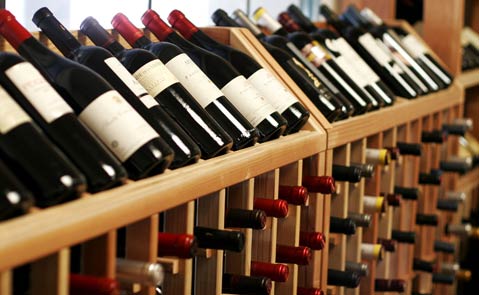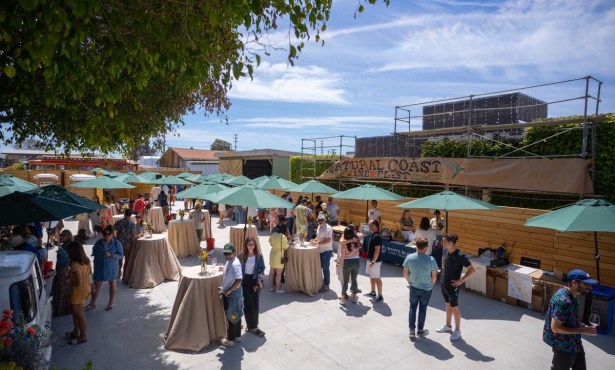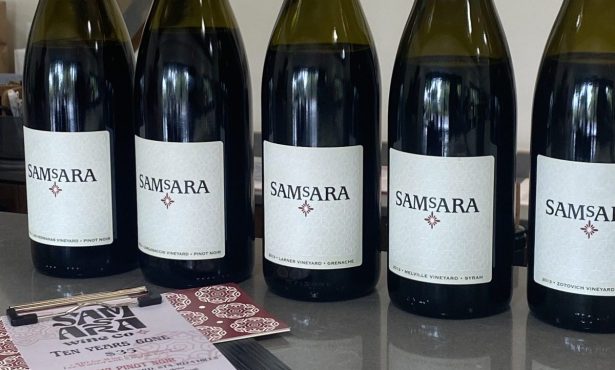Tips on How to Create a (Good) Wine List
Skip the Sales Pitch, Mind the Menu

I just paid a visit to a newly opened restaurant in town. Clearly, a lot of thought had gone into putting the menu together and creating ambiance in the dining room. Anticipation ran high for a great experience. And then I asked for the wine list. Looking it over, I could only sigh in disappointment.
Before continuing, full disclosure: I have been involved in the wine trade for a decade. My experiences include a stint working for a large wine and spirits distributor followed by years in the retail and restaurant side of things (six of them running the wine program at Santa Barbara’s Wine Cask). In short, I have a very definite point of view when it comes to wine lists.
Sadly, this restaurant’s list exemplified an all-too-common restaurant management mistake: It was put together by a wine salesperson whose motivations will always be different from those of the restaurant owner. Said owner was happy to chat with me about the wine list and freely acknowledged that, yes, they went with the suggestions made by their sales guy.
The irony is that one could write a great list from just the wines in his catalog, but, of course, creating a great list was not the salesman’s intention. His loyalties are, appropriately, with his company and he has sales goals to meet. Instead of an interesting mix of wines chosen with the menu in mind, there is an uninspiring list of wines from predominantly large-volume producers whose primary attribute, as far as I can tell, is consistency of supply. Further, as this restaurant is located here in Santa Barbara, one might expect a good representation of regional wines but, alas, this was not the case. Neither the food nor the customers are well served by this approach.
So what makes a list good? In a word: Balance. Balance of flavors, styles, and price points.
- Flavor refers to different grape varieties or blends. Pinot noir is a single varietal; Bordeaux wine is produced from a blend of grapes. Each offers a different flavor profile and a solid wine list will feature a variety of flavors.
- Style includes a multitude of factors such as growing region, winemaking technique, the presence of bubbles, or residual sugar. But on a very practical level, style can generally be equated with weight: full, medium, or light.
- Price points are just that, and a range is desirable.
These are the pieces of the monkey puzzle. Putting them together, with a nod to the nearby winemakers, a modest wine-by-the-glass template might look something like this:
- Sparkling: Champagne or similar $14
- Light-Bodied White: S.B. County Sauvignon Blanc $7
- Full-Bodied White: Sonoma Chardonnay $12
- Off-Dry White: German Riesling $8
- Light-Bodied Red: Italian Chianti $8
- Medium-Bodied Red: S.B. County Pinot Noir $14
- Full-Bodied Red: S.B. County Syrah $10
- Full-Bodied Red: Napa Cabernet Sauvignon $14
It’s not rocket science, but considering all the work that goes into creating a menu, an indifferent wine list seems an affront to the food! To restaurant owners, I implore you not to treat your wine list as an afterthought-it is an extension of your menu and an important source of revenue. Be prepared to work with multiple vendors and take advantage of their knowledge. To wine-loving diners, I invite you to speak up and ask for better. Your food deserves it



